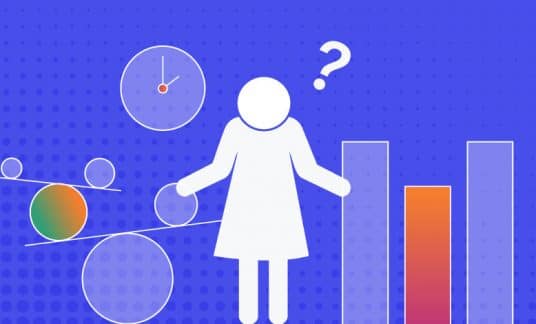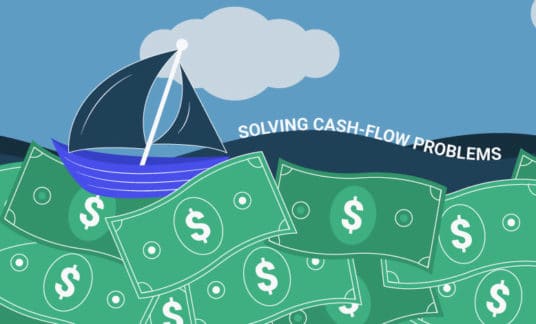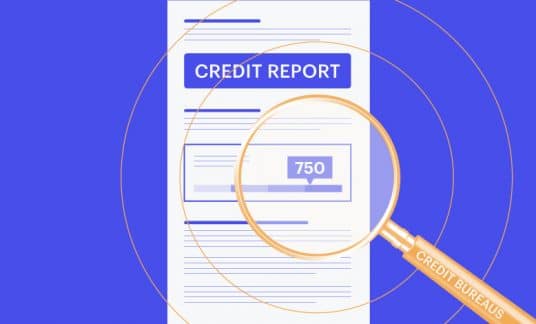Today’s consumers can find almost anything they want online and have it shipped to their doorsteps. Brands are realizing that simply offering a product or service is no longer enough to keep customers coming back to their businesses.
It has become more important than ever to get more repeating buyers. It isn’t only cheaper to retain existing customers than to acquire new ones but returning customers also tend to buy more from you more often.
But how to get customers to come back to your business?
First, you need to understand the inner workings of consumer loyalty. The best way is to look at the latest client retention statistics to see what’s working in today’s market.
Let’s dig into some customer engagement and loyalty data to understand customer loyalty impact on business, why having a loyalty program is one of the best ways to improve consumer loyalty and how to structure your customer retention strategy and loyalty program to improve loyalty rate.
Brand Loyalty Increases Repeat Businesses
Brands with the highest customer loyalty rates are most likely to thrive, especially in a competitive and challenging business environment in which you need to get the highest possible return on your marketing budget.
Here are some repeat customer statistics to illustrate the power of customer loyalty:
- 57% of consumers spend more on brands to which they are loyal. (Accenture)
- A 5% increase in customer retention correlates with at least a 25% increase in profit. (Bain & Co.)
- 60% of loyal customers purchase more frequently from their preferred brands. (InMoment)
- Customers who have an emotional relationship with a brand have a 306% higher lifetime value (LTV). (Motista)
- Loyal customers are 71% more likely to recommend a brand, compared to the average rate of 45%. (Motista)
- 39.4% of loyal customers will spend more on a product even if they can find cheaper options elsewhere. (Yotpo)
- The average shopper spends 67% more in their third year as a customer than in the first year. (Annex Cloud)
- Loyal customers spend 67% more with a brand and visit a business more frequently than new ones do. (CMO by Adobe)
- 77% of consumers, including 60% of millennials, have maintained loyal relationships with specific brands for more than 10 years. (InMoment)
- The probability of selling something to an existing customer is 60%-70%, compared with the 5%-20% of selling to a new customer. (Invesp)
Loyal customers are more likely to return to your business, spend more on each purchase, buy more frequently and tell others about your brand. Because you can spend less to market your products or services to loyal customers, you’ll become more profitable. Therefore, building customer loyalty is no longer an option for any brand that wants to thrive in today’s competitive marketplace.
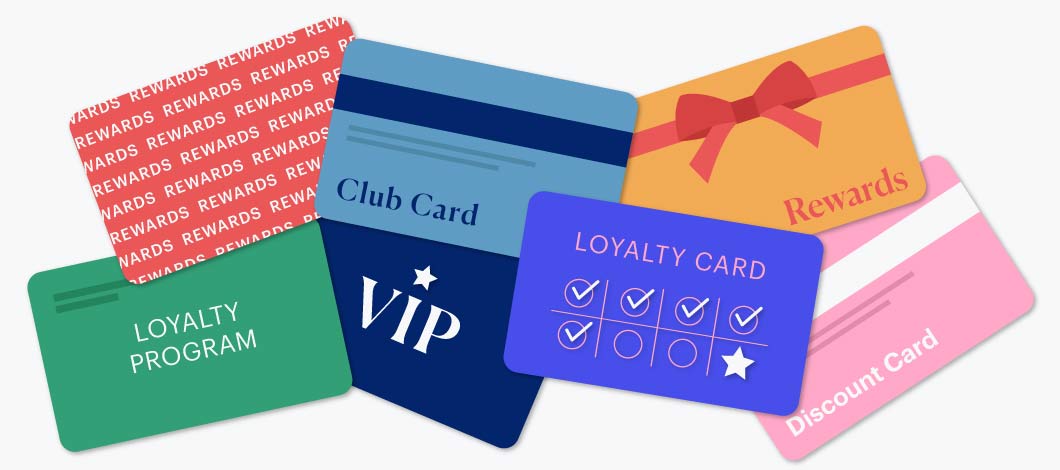
More Brands are Offering Loyalty Programs
Many successful brands that manage to retain more customers, nurture long-term relationships and increase customer lifetime value incorporate loyalty programs as part of their customer experience (CX) and retention strategy.
Here’s some data that shows customer loyalty programs are on the rise:
- More than 90% of companies offer customer engagement or loyalty programs, totaling 3.3 billion memberships. (Accenture)
- 52.3% of customers who are loyal to a brand will join its reward program. (Yotpo)
- 69% of consumers say their choice of retailers is influenced by the availability of loyalty or reward points programs. (Invesp)
- 83% of shoppers say loyalty programs increase the likelihood that they’ll continue buying from certain brands. (Invesp)
- 71% of consumers say a loyalty program membership is an important part of their relationships with the sponsoring brands. (Bond)
- 64% of retailers indicate that loyalty programs give them the best way to connect with their customers. (Invesp)
- 17% of companies state their loyalty program is more cost-effective than their traditional marketing spend. (Harvard Business Review)
- 72% of survey respondents say optimizing customer loyalty is a top 5 priority of senior management at their organization. (Harvard Business Review)
A well-designed customer loyalty program helps strengthen customer relationships to increase repeat business and grow sales. The most common loyalty program models allow customers to accumulate points by making a purchase or taking other actions, such as referring others to your business. Customers can then use the points to redeem a reward, such as a product, service, or store credit.
Making the Case for Customer Loyalty Program
Implementing an effective loyalty program requires sufficient resources. Use these statistics to demonstrate the return on investment (ROI) of a loyalty program so you can get the internal support you need to execute an effective customer retention strategy:
- Companies with strong loyalty marketing programs experience revenue growth 2.5 times faster than their competitors and deliver 2 to 5 times the shareholder returns over the next 10 years. (Harvard Business Review)
- Members of top-performing loyalty programs are 77% more likely to buy from those companies than their competitors. (Bond)
- A loyalty program can increase the average e-commerce order quantity by as much as 319%. (Incentive Solutions)
- 50% of consumers have changed their behaviors to reach a higher tier in a loyalty program. (Invesp)
- Loyal customers are worth up to 10 times as much as their first purchase and 49% of consumers say they spend more with a brand after joining its loyalty program. (Invesp)
- 75% of customers say they’re likely to make another purchase after receiving an incentive from a loyalty program. (Wirecard)
- Loyalty program emails achieve an open rate of as high as 55% and a click-through rate of up to 17%. (Incentive Solutions)
- 60% of loyal customers will purchase more frequently and 50% will make more purchases from their preferred brands. (InMoment)
Loyalty programs help you grow your brand, increase sales and generate repeat businesses by attracting new customers, reinforcing customers’ emotional connection with your brand, providing insights and data about your customers, encouraging word of mouth referrals, facilitating cross-sell and upsell, increasing customers’ average order value and lifetime value, as well as re-engaging lapsed customers.
Key Components of an Effective Customer Loyalty Program
With increasing competition, simply offering a generic loyalty program isn’t enough to make your customers stick around. Your program needs to meet consumer expectations by incorporating elements that are relevant and valuable to your target market. Here are some recent statistics on what consumers want:
- 57.4% of consumers join loyalty programs to save money while 37.5% do so to earn rewards. (Invesp)
- 67% of consumers say surprise gifts are a very important component of a loyalty program. (Invesp)
- 56% of consumers choose loyalty programs based on the ease of use and accessibility. (LoyaltyOne)
- Top redeemed categories for loyalty rewards are electronics, entertainment, home and garden, gift and debit cards, as well as tools and hardware. (Incentive Solutions)
- Consumers are 56.8% more likely to participate in customer loyalty programs that offer exclusivity-based rewards, such as VIP status and perks. (Technology Advice)
- 66% of consumers belong to a loyalty program that rewards them with fuel savings. (PDI)
- 71% of Americans are less likely to join a loyalty program that requires them to carry a card. (Wilbur)
- 95% of consumers want to engage with their loyalty program using technologies such as chatbots, artificial intelligence (AI), virtual reality (VR) and smart devices. (Bond)
- 75% of consumers say they’re more likely to engage with loyalty programs that can be easily accessed from a smartphone. (Code Broker)
- 46.4% of customers expect loyalty programs to give them early access to sales and new products. (Yotpo)
- 53% of consumers say they’re interested in using game mechanics in loyalty programs. (Bond)
- The top reasons that prevent people from joining loyalty programs include too much personal information is required and the sign-up process being too time consuming. (Oracle)
- People leave loyalty programs because the rewards expire too quickly, are too difficult to earn or are too hard to claim. (Oracle)
It’s important to incorporate elements that your customers find most valuable in your loyalty program. Some of these include the ability to save money and earn rewards, surprise gifts, ease of use, mobile accessibility, exclusive access and gamification. Also, you should enhance your loyalty program with omnichannel customer support and personalized content or offers to meet today’s consumer expectations.
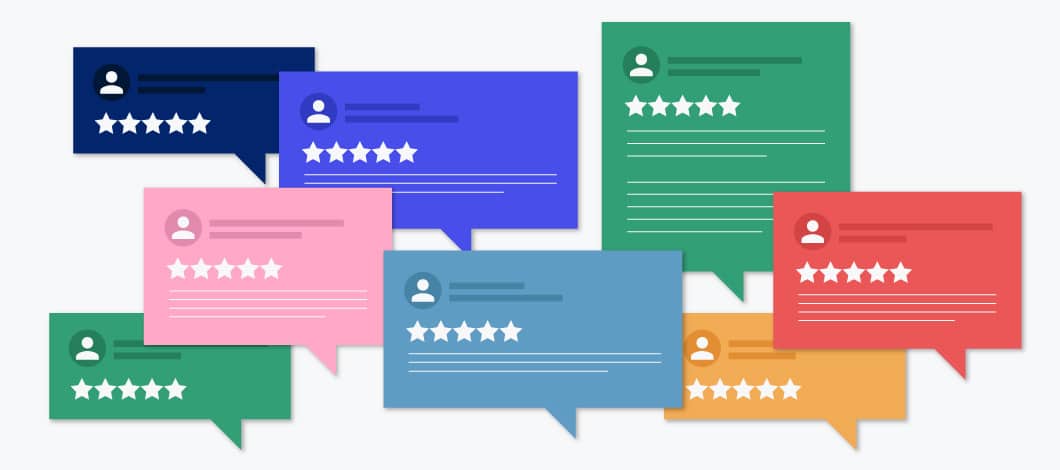
Support Your Loyalty Program with a Stellar Customer Experience
Even the most well-designed customer loyalty program that checks all the boxes won’t achieve the intended results in the long term if it’s not supported by an outstanding CX.
Here’s why excellent customer service at every touchpoint is the key to building customer loyalty:
93% of consumers who receive excellent customer service and are happy with their experience are more likely to make repeat purchases. (HubSpot)
- 82% of shoppers feel more positive about a brand after engaging with personalized content. (Demand Metric)
- 73% of customers indicate that valuing their time is the most important thing a company can do in terms of delivering an outstanding online CX. (Forrester)
- 64% of people prioritize customer experience over price when it’s time to make a purchasing decision. (Gartner)
- 86% of buyers are willing to pay more for a better customer experience. (SuperOffice)
- More than two-thirds of companies now compete primarily on customer experience. (Gartner)
Customer experience is surpassing price and product as a major brand differentiator that also drives customer loyalty. As such, your loyalty program needs to deliver a consistent CX throughout the customer journey so you can attract and retain more high-value customers.
Increase Customer Loyalty With the Right Strategies
The consumer loyalty statistics here have given us many insights into how you can design a customer retention strategy that will attract and retain more customers while enticing current customers to increase their purchase amount and buy more frequently.
You should further refine your loyalty strategy by analyzing your customer data to gain insights into their preferences and behaviors. For example, you can use consumer surveys, social listening, purchasing history, Net Promoter Score, focus groups, ROI analysis of past initiatives, consumer web browsing data, etc. to inform your tactics.
A successful loyalty program meets consumer expectations and delivers value to your customers. It also should be well-managed and integrate with the rest of the CX to deliver a seamless brand experience.



